#carolina parakeets
Explore tagged Tumblr posts
Text

"Soon my love we will join the others under the museum lights, but for now, under the starlight, you are glowing"
The last Passenger Pigeon and last Carolina Parakeet on earth both died at the Cincinnati zoo in the early 1900s.
8K notes
·
View notes
Text
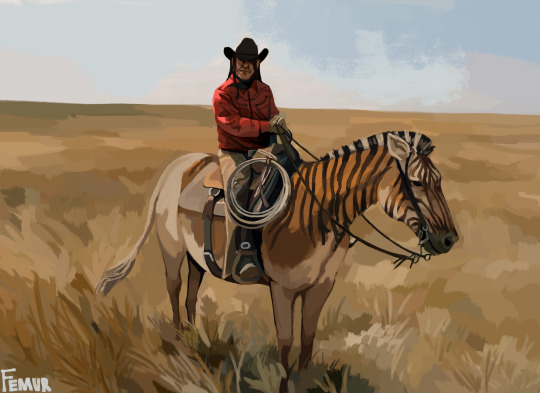
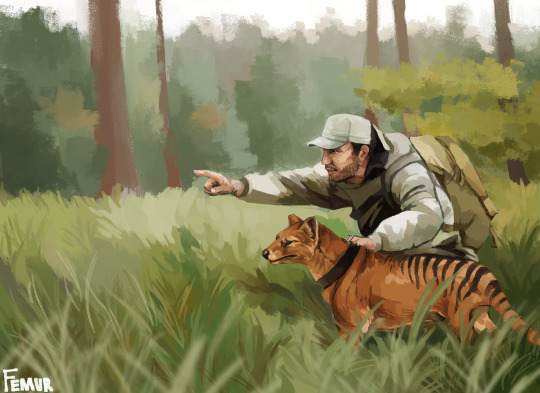
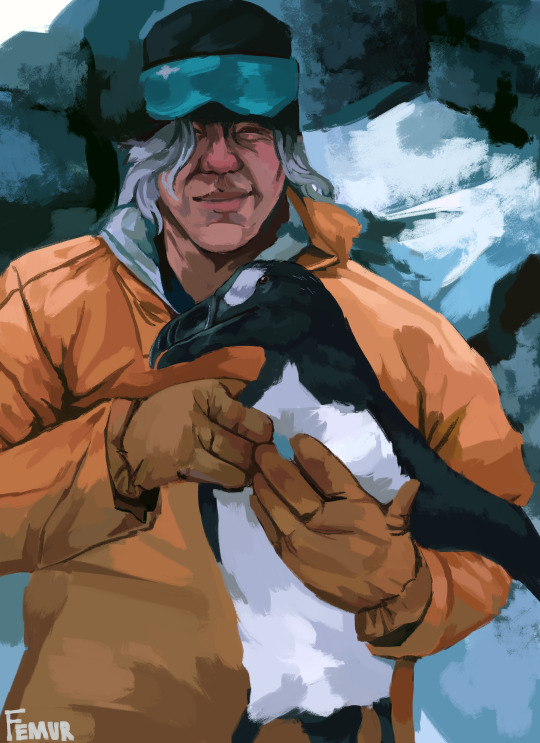
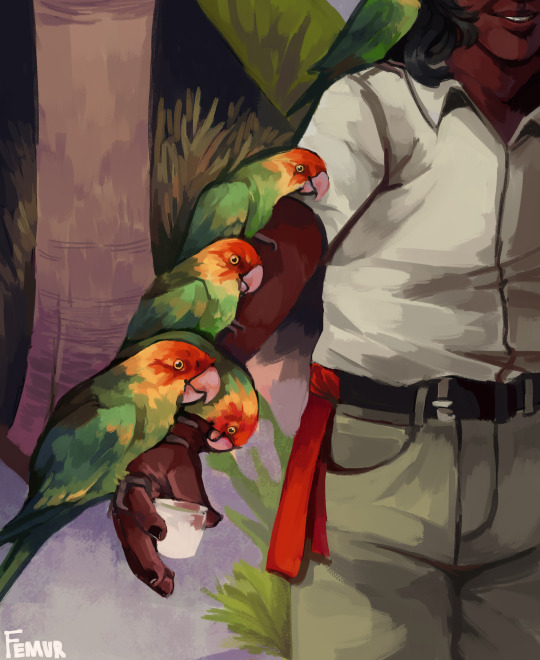
Something that could have been
#femurs art#carolina parakeet#quagga#great auk#extinct animals#extinct species#this was for a school thing#also this isnt supposed to be realistic#so like. i know that thylacines wouldnt make very good hunting companions but that wasnt the point of the piece#thylacine
18K notes
·
View notes
Text

Tie a string around your finger, so you won't forget...
The Carolina Parakeet was declared extinct in 1939.
Up until just the year before, people were still claiming to have sighted the yellow-headed parakeets in the wild—in the impenetrable depths of Georgia's Okefenokee Swamp; along the Santee River basin of South Carolina, where people still search for the Ivory-Billed Woodpecker to this day—but evidence suggested only escaped, feral species of pet birds, tinged by wishful thinking.
The last definitively identified specimen of Conuropsis carolinensis, a male named Incas, had died at the Cincinnati Zoo in 1918. As it happens, his last home was the very same cage in which Martha, the endling Passenger Pigeon, had spent her final years. 2014, the hundredth anniversary of Martha's loss, brought the publication of a number of new books on the topic of the Passenger Pigeon and even a documentary; the centenary of Incas' death, by contrast, warranted only a handful of mentions of our lost native parrot.
Hardly a hundred years later, our parakeet has faded from common memory—like the fading text on the tags that twine around the feet of the study skins that fill museum specimen drawers, where they should have filled the sky, should have filled roosts in hollow trees, should have filled our backyards; should have filled their lungs with air, and our hearts and imaginations and eyes with the sight of their iridescent green feathers.
The title of this painting is Memory Knot. It is gouache on 18 x 13 inch paper, and is the 9th piece in my series on the extinct Carolina Parakeet. It is also the final piece in the series as originally conceived (though inspiration continues to strike, and this is not the last appearance the species will make in my art).
Please, remember that there was a bird called the Carolina Parakeet. Remember what happened to it. Remember that we are the only ones who can keep it from happening again.
1K notes
·
View notes
Text

Walton Ford (American, b. 1960), Dying Words (Carolina Parakeet), 2005.
663 notes
·
View notes
Text
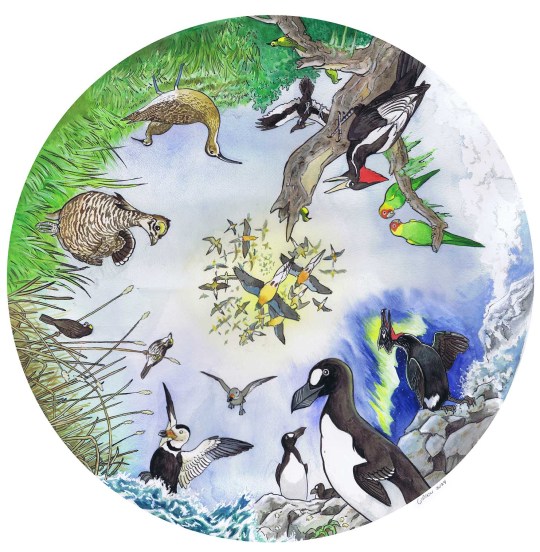
Lost Americans wheel. Watercolor and ink.
#extinct#extinct bird#great auk#carolina parakeet#passenger pigeon#eskimo curlew#labrador duck#ivory billed woodpecker#bachman's warbler#heath hen#dusky seaside sparrow#spectacled cormorant
944 notes
·
View notes
Text

Archilochus colubris | Cardinalis cardinalis | Conuropsis carolinensis | Thryothorus ludovicianus
Plate XXVI | Die Nordamerikanische Vogelwelt (1891)
#bird art#bird illustration#vintage art#vintage illustration#artists on tumblr#anton goering#ruby throated hummingbird#trochilidae#archilochus colubris#cardinalidae#northern cardinal#cardinalis cardinalis#psittacidae#carolina parakeet#conuropsis carolinensis#troglodytidae#wrens#carolina wren#thryothorus ludovicianus
392 notes
·
View notes
Text

Endlings
235 notes
·
View notes
Text

Simplified bird #125 - great auk
( requested by @assistant-honcho )
#extinct birds make me so sad#especially when we made them extict by exploiting them like we did with the carolina parakeet#makes me so sad :(#simplified birds#great auk#auk#auks#sea birds#extinct birds#extinct animals#bird#bird drawing#birds#art#drawing#doodle#doodles
337 notes
·
View notes
Text







Visited the local ecology building where they store specimens and they have a whole extinct/rare bird cabinet I was so blessed to be able to view and spend time with. The closest I’ve come to a religious experience, just getting to sit in the presence of these guys was so…there’s no words. I have more photos I’ll add eventually but I hope to go back again soon.
#extinct birds#passenger pigeon#carolina parakeet#ivory billed woodpecker#extinct species#my art#in-vyn-cible
316 notes
·
View notes
Text

today's daily is: the carolina parakeet! (c. carolinensis)
( requested by anon :] )
#extinct daily#carolina parakeet#carolina conure#conuropsis carolinensis#art#drawing#bird art#birds#they reminded me of my own birds while i was drawing this :]
127 notes
·
View notes
Text

My evolving Carolina Parakeet print collection. My advice is don’t paint walls unless you intend to finish painting, and make sure you really like the color; I am a paint quitter. Prints need rearranging but I don’t feel like moving birds (pun) right now.
71 notes
·
View notes
Text
Happy birthday to me! Have some photos of extinct bird specimens that I took at the RAMM today.




I ALSO EMBARRASSED MYSELF SO MUCH BY CRYING OVER SUCH EXTINCT BIRDS 😭😭😭 to the museum staff, i am so sorry that you had to worry over me...
I mean, at least I got to see a bunch of cool birds! MORE IVORY-BILLED WOODPECKER AND HUIA SPECIMENS... IBWO AND HIRIWAI MY BELOVEDS ❤️


slightly unrelated but have some non-extinct birds as well...
#museum visit#natural history museum#royal albert memorial museum#extinct birds#huia bird#extinct animals#passenger pigeon#carolina parakeet#ivory billed woodpecker
109 notes
·
View notes
Text


What Remains, an 8x10 gouache painting and accompanying poem, inspired by specimen no. 7866, a Carolina Parakeet mount held in the collection of the Charleston Museum. I was able to view six preserved parakeets during my visit, but I was deeply moved by this one: in too poor of condition to be publicly displayed, stripped of feathers and provenance—its identity lost to time, just as its species has been.
Excerpted from my art book Grasping at Feathers.
(transcript and commentary under the cut.)
Shadow surrounds a doused candle,* Forgotten at the back of a drawer.
Pot pot chee, Puzzi-la-née,** Head-of-Yellow, once blazing: A raucous flame that licked through summer orchards, And set the gray boughs of winter aglow, Warmed by the soft nuzzle of clustered wings.
All that remains is this: A cracked and peeling thing; An inanimate amalgam of plaster and shellac; Flecked green with arsenic;*** Fraying feathers of faded straw.
Who is left that can remember? That can say for certain, That this dusty relic, Was ever anything more?
We have lost our parrot, Our only, only, only.
We let this wonder slip through our fingers; What more will we forget
* I always come back to the image of the Carolina Parakeet as a candle, inspired by the Christmas tree eyewitness account.
** native Seminole names for the parakeet
*** arsenic was the first effective method found of protecting taxidermy specimens against insects, and was used expansively throughout the 19th and early 20th century. Specimens of this age should not be handled without gloves.
**** The Carolina Parakeet was America’s only native endemic parrot. The last known individual died in the Cincinnati Zoo in 1918, and the species was declared extinct in 1939.
Specimen no. 7866 is of unknown age, sex, and geographical origin. In the late 19th century, many hunter-collectors shot large quantities of birds for the purpose of selling them to museums, and in many cases records of their kills were either lost or not made in the first place. Based on my research, it is likely that this bird came from Florida in the late 1890s, but this cannot be confirmed with certainty.
376 notes
·
View notes
Text
For #WorldArtNouveauDay on #MosaicMonday:






1. Louis Comfort Tiffany (American, 1848-1933)
“#Parakeets & #Goldfish Bowl” Window, c.1893
Leaded stained & opalescent glass; bronze chain
Framed (with molding): 79 3/4 x 44 x 2 1/4 in.
2. John La Farge (American, 1835-1910)
“Butterflies & Foliage” Window, 1889 Leaded stained & opalescent glass
Overall (with original wood frame): (71 1/2 x 32 3/8 x 1 3/4 in.)
Framed (w/metal outer frame): (73 x 33 1/4 x 6 1/2 in.)
On display at Museum of Fine Arts, Boston
#animals in art#birds in art#museum visit#19th century art#bird#birds#window#stained glass#stained glass window#art glass#Louis Comfort Tiffany#John La Farge#American art#Art Nouveau#World Art Nouveau Day#Mosaic Monday#glass mosaic#Museum of Fine Arts Boston#parrot#parakeet#Carolina Parakeet#extinct animals
206 notes
·
View notes
Text

7/23/24
#carolina parakeet#extinct#extinction#extinct animals#parrot#north america#birds#florida#museum#taxidermy#oil painting#oil on panel#original art#field museum#birb art#extinct birds
119 notes
·
View notes
Text
Animal of the Day!
Carolina Parakeet (Conuropsis carolinensis)

(Photo from Naturalis Biodiversity Center)
Extinction Date- 1939
Habitat- Midwestern United States
Size (Weight/Length)- 280 g; 25 cm
Diet- Seeds; Fruits; Nuts
Cool Facts- The Carolina parakeet was once one of the three parrot species native to the United States. These brilliantly colored birds were once found from New York to the Gulf of Mexico along riverbanks and cypress swamps. Flocks had up to 300 individuals, building nests in tree hollows and eating nuts or fruits. Carolina parakeets were in decline since the last glacial maximum, and combined with inbreeding and capturing for museum specimens, the parakeets were eradicated from the wild by 1904. A pair of Carolina parakeets, Incas and Lady June, in the Cincinnati Zoo passed away in 1918. Strangely enough, they were not classified as extinct until 1939 under the hope that some parakeets remained in the mangroves of Florida. Today, the sun parakeet, or sun conure, remains their closest relative. Sun conures are endangered due to hunting for their feathers, habitat loss, and capture for the pet trade. Conservationists are rushing to protect the sun parakeet’s remaining habitat and cracking down on cross-border trade.
Rating- 11/10 (Possibly poisonous from their diet including cockleburs.)
#animal of the day#animals#bird#parrot#parakeet#conure#tuesday#october 10#carolina parakeet#biology#science#conservation#the more you know#extinct#taxidermy#extinctober#sun conure#sun parakeet
236 notes
·
View notes